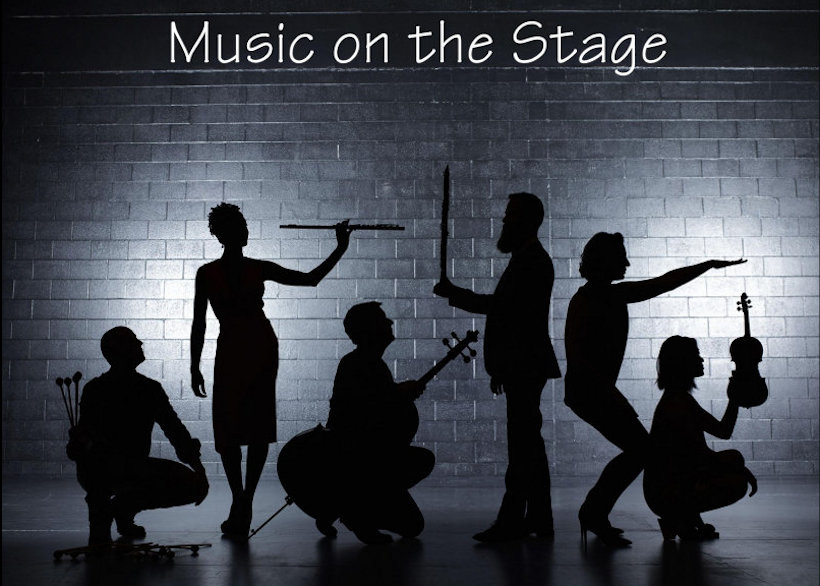8. Whitechapel and West End.
The song above was published in 1885. In the same year, Gilbert and Sullivan premiered what would be the most successful
of their 14 collaborations, The Mikado. The second hour of the class will be devoted to it: its inspiration, its
purpose, its topical relevance, and the problems of presenting it today.
In the first hour, though, we shall try to put the piece into context, looking at the full spectrum of music and the stage
in London, focusing on 1885 but extending before and after that date. We shall find a musical nation faced with a restricted
selection of classical concerts. We shall find opera lovers in a city where most opera companies were short-lived. We shall
see much of the desire for theatrical spectacle being answered by large-scale Shakespeare productions and that British
tradition, the Christmas Pantomime. And we shall sample the melodrama, variety acts, and sing-alongs that were the nightly
fare of music halls in more working-class neighborhoods. rb.
The script, videos, and images will be posted immediately after class.
Here are brief bios of the artists, composers, and writers considered in the class, listed in order of birth.
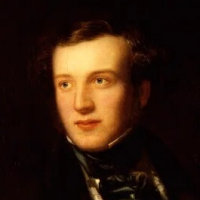 |
Michael Balfe, 1808–70. Irish composer.
Balfe was born in Dublin and studied voice and violin. His singing career took him to Paris, Milan, and London, where he also began to get his own operas produced. The Bohemian Girl (1843), his greatest success (containing the air "I dreamt that I dwelt in marble halls") was produced in translation all over Europe, and even returned to London as an Italian opera!
|
 |
William Schwenk Gilbert, 1813–1911. English writer.
The author of many straight plays as well, Gilbert gained lasting fame as the librettist and theatrical genius behind the 14 operettas ("Savoy Operas") written with Arthur Sullivan between 1871 and 1896. These became almost as popular in America as the were in Britain.
|
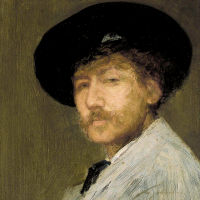 |
James Abbott McNeill Whistler, 1834–1903. American painter, working in London.
Whistler's American father was a railroad engineer who took work in Russia when the future artist was still a child, so his training and career took place almost entirely in Europe. He was famous for giving his near-abstract paintings titles such as Arrangement in Grey and Black (the portrait of his mother), thus emphasizing the connection between painting and music.
|
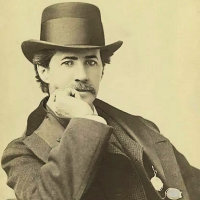 |
Augustin Daly, 1838–99. American playwright.
The author of the iconic melodrama Under the Gaslight (1867), Daly was also an impresario and stage director, exercising a strict control over his companies, running both in New York and London.
|
 |
Arthur Seymour Sullivan, 1842–1900. English composer.
Sullivan essentially had two careers: as a classical composer of orchestra music and oratorios on suitably uplifting subjects, and as the musical partner to W. S. Gilbert on the highly successful series of Savoy Operas from HMS Pinafore (1878) to The Gondoliers (1889) and beyond. History only remembers him in the latter role.
|
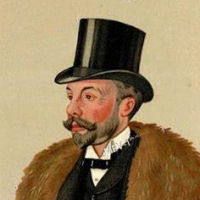 |
Richard D’Oyly Carte, 1844–1901. English impresario.
Originally a singer and conductor, D'Oyly Carte found great success later by commissioning the 14 "Savoy Operas" from Gilbert and Sullivan, building a theatre to perform them in (plus an hotel), and controlling their subsequent distribution through stringent copyright. His posthumous grip on their performance did not end until 1961. His foundation of the Royal English Opera was markedly less successful.
|
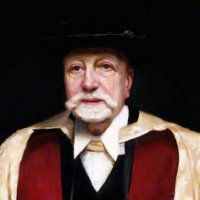 |
Alexander Campbell Mackenzie, 1847–1935. Scottish composer.
A violinist, Mackenzie trained in Germany and began his career in orchestras there. He later enrolled at the Royal Academy of Music in London—he would eventually become its Principal—and began composing while continuing to play the violin as a living. Many of his works have a Scottish theme, including three Scottish Rhapsodies (1880, 1881, and 1911) for orchestra.
|
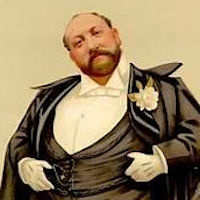 |
Augustus Harris, 1852–96. English impresario.
Sir Augustus Harris was an actor and playwright, but made his greatest contribution as an impresario, primarily at the Drury Lane theatre in the 1880s and 90s. He nurtured some of the greatest performers of the age in variety and pantomime, and used the profits to fund a successful opera company that presented the British premieres of operas by Wagner and others.
|
